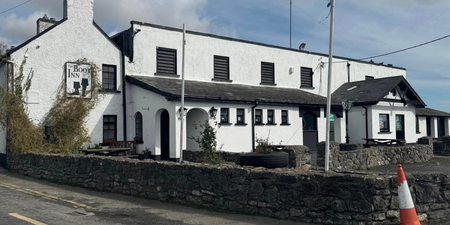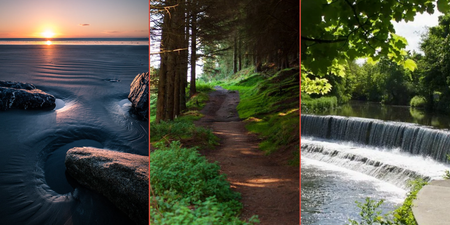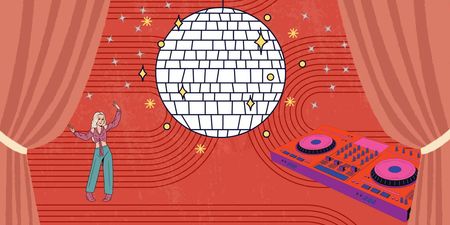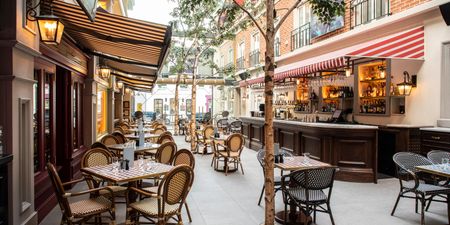Despite the fact that we all love a good cuppa, whether of the strong builder’s variety or a refined sencha, poor camellia sinensis was sadly under-represented at this year’s Dublin Coffee and Tea Festival.
A few of the more commercial tea companies had stalls and stores – Mrs. Doyle’s Tea Company and their quirky herbal blends, Solaris with their beautifully packaged loose leaf and teabags, and relative newcomers Lily’s Tea Shop – but in the main events, competitions and presentations, there was very little that focussed on tea.
It’s a real shame, as tea drinking has such a fascinating history from the ceremonies of China and Japan to our present-day drinking habits, and there is such variety in types and blends, so there was plenty of possibility for some interesting demonstrations.

The only ‘official’ presentation – aside from the above companies’ own tasting sessions and demos of course – was given on the last day of the festival by Kevin O’Keefe of Koyu Matcha Green Tea, about, well, Koyu Matcha Green Tea.
Though mostly a promotional slot about the company, whom you may recognise from the Matcha latte posters you see in cafés all over town, this was actually a really interesting, if short, insight into matcha tea.
Matcha is made from the powder of finely-ground whole tea leaves, and is at the heart of the ancient Japanese tea ceremony. It has a myriad proclaimed health benefits due to its high antioxidant content. This is so much more pronounced than in tea infusions, because with matcha you ingest the whole leaf rather than throwing the leaves away.
It’s also really tasty, like regular green tea but without any astringency, and with a smooth, thicker texture, and is an excellent excuse for a small sweet treat, a tradition when consuming matcha.

READ: 13 Reasons You Definitely Need To Head To The Dublin Coffee And Tea Festival This Weekend
All of which we could have found out without watching a demonstration, however Kevin gave some very useful tips on preparing and making matcha, including a quick demonstration on good whisking technique (apparently the trick is not to go round in a circle but back and forth).
In a display of commercial honesty, he explained that the higher grade, more expensive teas are not necessarily better for you: low- to medium-grade matcha powder is most effective for people with an average diet, who generally eat fairly well, or who need an energy boost.
The higher grades, such as ceremonial or premium, won’t necessarily work for us ordinary folk, however are extremely effective for athletes or other very healthy or fit individuals.

Plus, if you’re short on time but want the health benefits without the effort, Kevin recommends mixing some into juices or smoothies – not only is it quicker than whisking up some tea, but the citric acid from fruit actively helps you derive the nutrients from the tea.
So twenty minutes out of a whole three-day festival mightn’t have been enough to dedicate to tea, but at least it was a darn useful twenty minutes.

READ ALSO: ‘There’s Still Old Curtain Rails, Old Lighting… There’s Even An Old Stage As Cinemas Were Also Used As Theatres’, ‘When You Go To A Café, Nine Times Out Of Ten, What You Get Is Burnt. It’s Really Hard To Get Good Coffee’, ‘I Was Already Entrenched In Coffee; This Was More Like A Natural Progression Than A Lightning Bolt Of Inspiration’, ‘The Art And Dedication That’s Involved In Coffee Really Interested Me’, ‘Something Between A Kitchen And A Chemistry Lab: The Brew School At The Dublin Coffee and Tea Festival’, ‘Flowers, Clowns And Even Nazgûl… Baristas Go Beyond The Call Of Duty For The Avonmore Latte Art Competition‘
Topics:
RELATED ARTICLES






MORE FROM Lovin Dublin
























MORE FROM Lovin Dublin




















